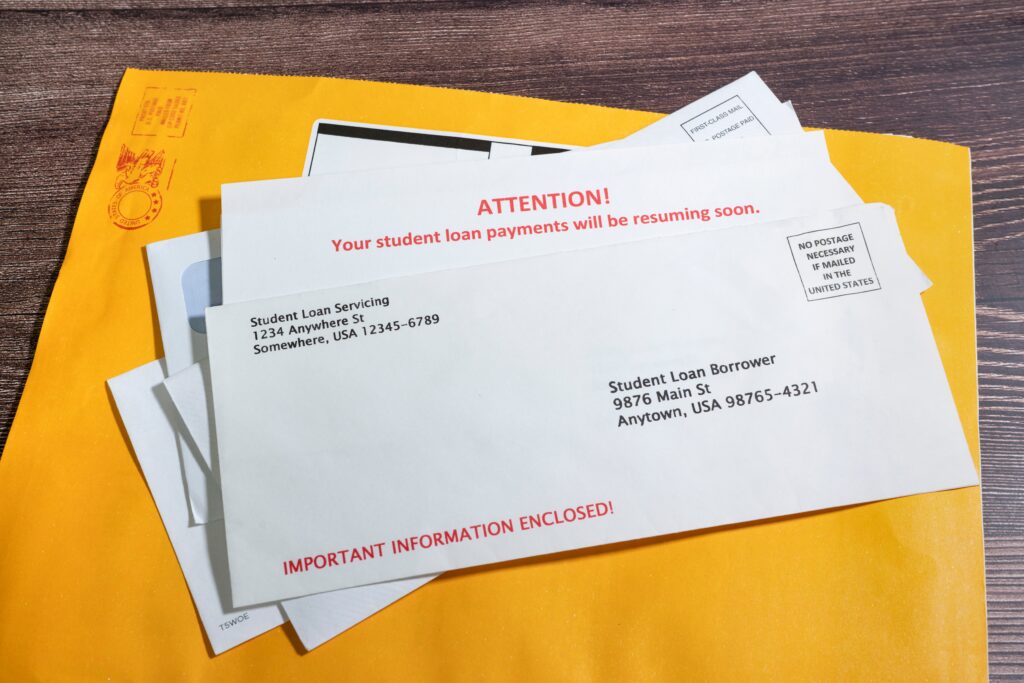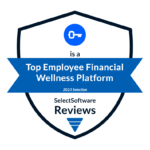The cost of student loan debt has always shown up in your workforce in the form of financial stress, reduced productivity, and increased turnover. But after the sweeping federal policy changes passed in early July 2025, the student loan landscape has shifted again. With hardship protections eliminated and millions of student loan borrowers already delinquent, your employees’ financial health is at even greater risk.
Read on to learn why the newly signed federal budget reconciliation bill (also known as the “One Big Beautiful Bill Act”) and insights from MissionSquare Research Institute should put comprehensive financial benefits that include student loan support squarely on your radar and in your benefits strategy.
How the One Big Beautiful Bill Act changes student loans
The student loan system, as we know it, is undergoing one of its most sweeping overhauls in years. Bankrate reports that the recent reconciliation bill limits repayment options, tightens borrowing caps, and removes key protections for those experiencing hardships. For example:
- Only two repayment plans will remain for new loans after July 1, 2026: Standard and income-driven repayment assistance (IRAP). Borrowers who are currently in discontinued repayment programs will need to change plans by July 1, 2028.
- Parent PLUS loans lose access to forgiveness programs like public service loan forgiveness (PSLF).
- Deferment for economic hardship and unemployment will no longer be allowed.
- Forbearance limits are tightened, capping pauses at nine months within a 24-month period.
This is happening at a time when millions of borrowers are already struggling: a record 31% of student loan borrowers are 90+ days past due on their payments. Even borrowers with strong credit scores are slipping into delinquency. Bankrate reports that “another 4.5 million borrowers are 1 to 89 days late, and on the path to delinquency.”
Why this matters for employers
More than 40% of private sector employees carry student loan debt – but the impact isn’t equal. Employees most affected by student debt are often those who are already financially vulnerable. This is particularly meaningful for large employers with several frontline workers, who are disproportionately women, caregivers, and people of color. For example, MissionSquare’s research revealed that:
- Women report significantly lower financial wellbeing than men, even when controlling for other variables. The odds of being financially healthy were 27.5% lower for women than for men.
- Lower-income workers suffer more. Private sector employees earning $75,000- $99,000 had over eight times the odds of being financially healthy compared to those earning under $25,000 a year.
- Life events impact finances. Private sector workers who were divorced or separated had 31% lower odds of being in good financial health.
- Student loans are linked to worse financial health. Private sector employees with current student loans had 50% lower odds of being in good financial health compared to those who never borrowed. Even those who had already paid off their loans showed statistically lower financial wellbeing.
What can employers do?
As federal policy changes phase out hardship deferments and reduce repayment flexibility, the groups noted above are likely to feel the squeeze first – and hardest. For employers, this underscores the importance of offering inclusive and comprehensive financial support. While MissionSquare’s study revealed that employees with access to employer-provided debt resources reported significantly higher financial wellbeing than those who didn’t have the support, it also found they need help that extends beyond financial education or tools.
Additionally, MissionSquare’s research revealed that private sector employees with student loans experience a “debt overhang” that creates a lasting impact on financial security, preventing many from contributing to retirement, building emergency savings, managing other financial commitments, and paying off other types of debt.
Solutions that focus narrowly on student loan repayment without accounting for an employees’ holistic financial situation, priorities, needs, challenges, and goals miss the employees who need the most help.
Comprehensive, personalized financial support is key
Despite employees’ need for help, Mission Square reported that fewer than 40% of private employers offer any kind of student debt support. It’s also important that employers recognize that employees with student loan debt are grappling with more than that challenge. Often, it’s intertwined with struggles to balance housing costs, childcare, medical bills, and everyday money problems.
To improve employees’ financial health, employers should consider offering benefits that support a breadth of financial needs, including:
Debt and credit challenges, including past-due bills and credit repair
Emergency money needs to cover rent, utilities, or car repairs
Support for major life events, that impact finances, such as divorce, illness, or a partner’s job loss
Student loan navigation, including help understanding new rules and available options – and how to act on them
Don’t wait to help employees navigate student loan changes
Student loan policy is shifting fast and is increasingly difficult to understand and navigate. If you’re not proactively helping your workforce adapt, you’ll feel the ripple effects of your employees’ financial stress in your healthcare costs, safety incidents, turnover rates, and worker productivity.
Learn why Brightside is the only solution that offers the holistic and impactful Financial Care, including student loan support, to help your employees with all their financial needs – that also protects your bottom line.





